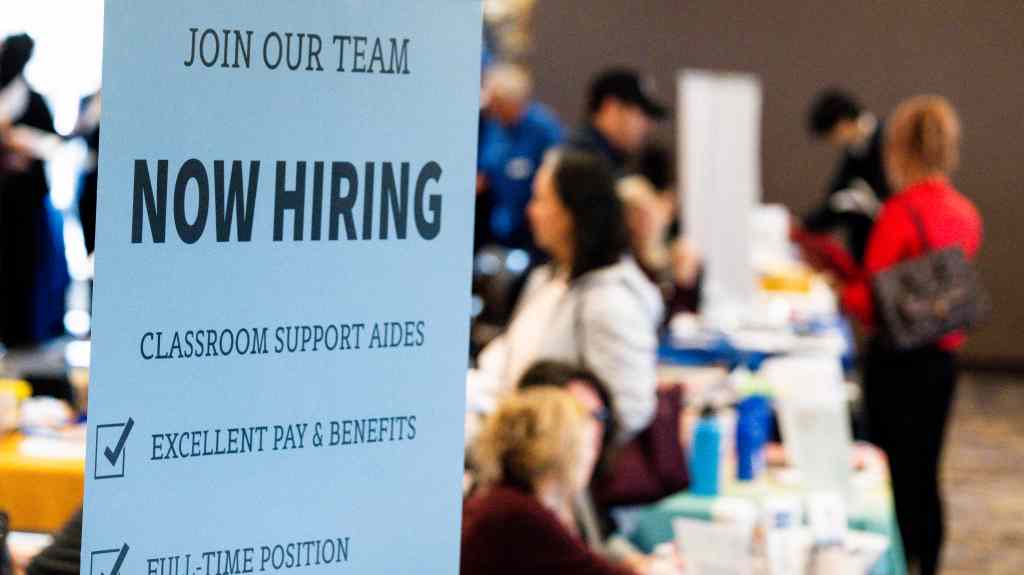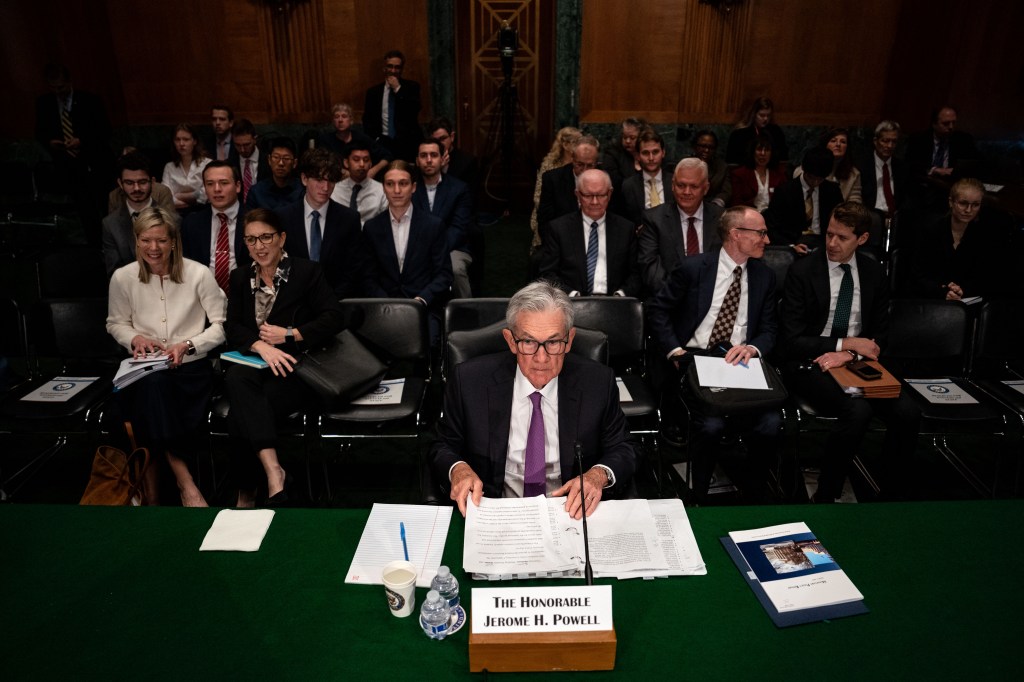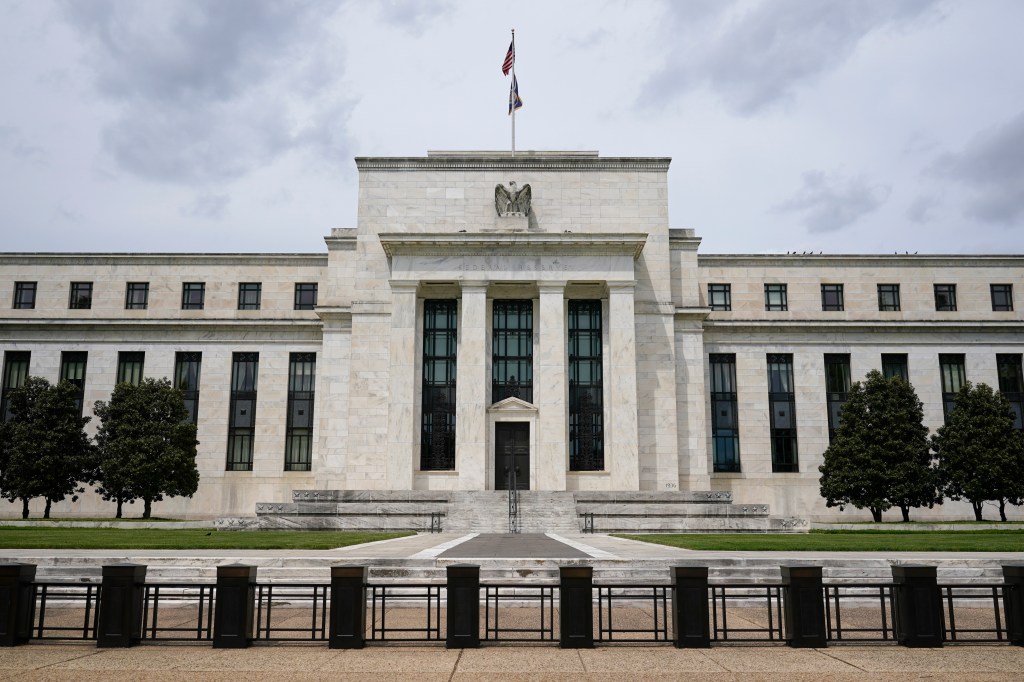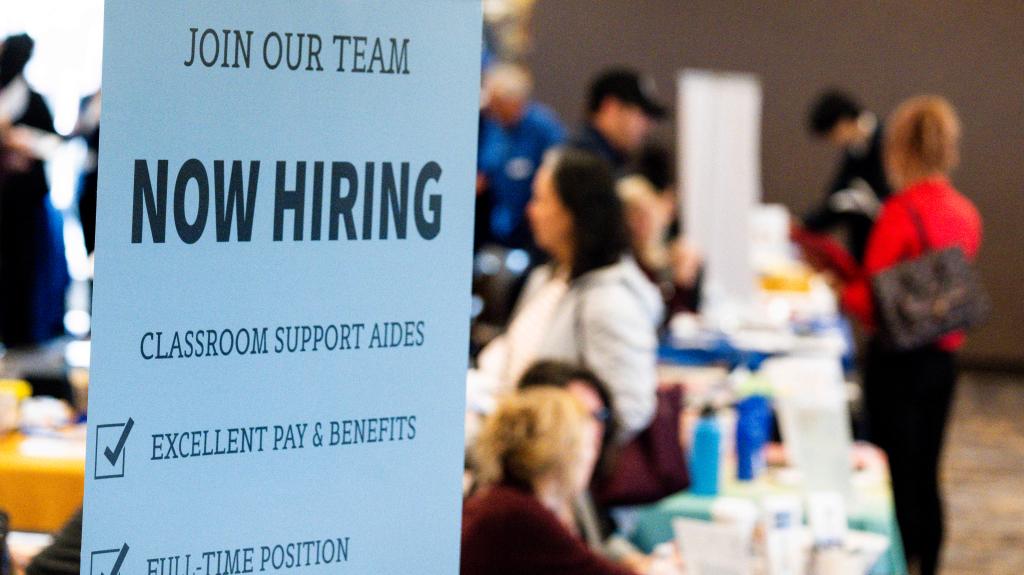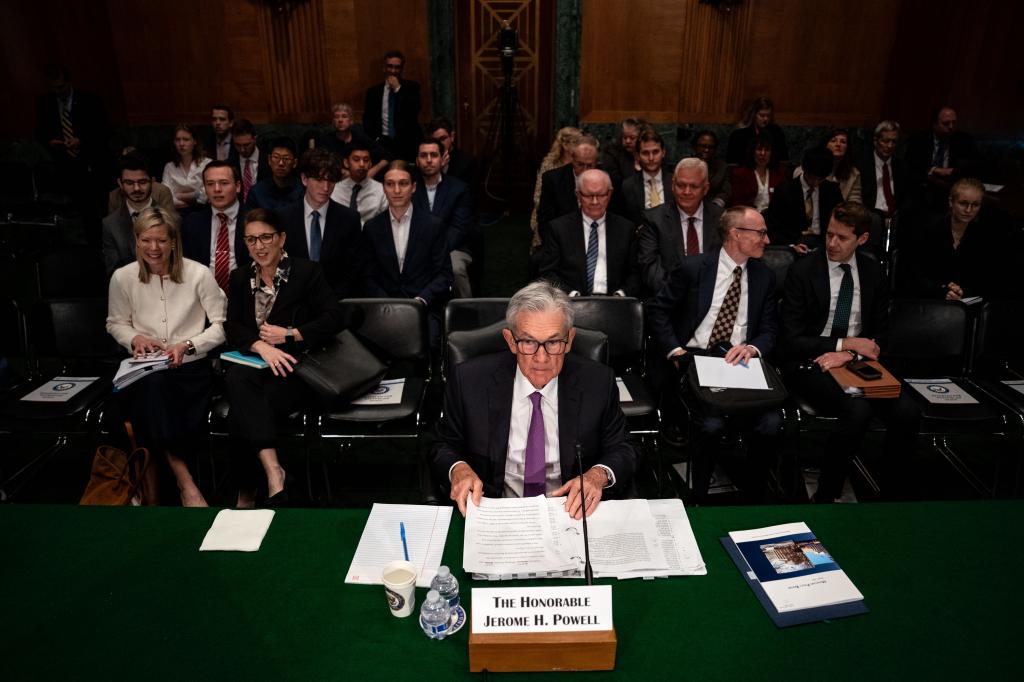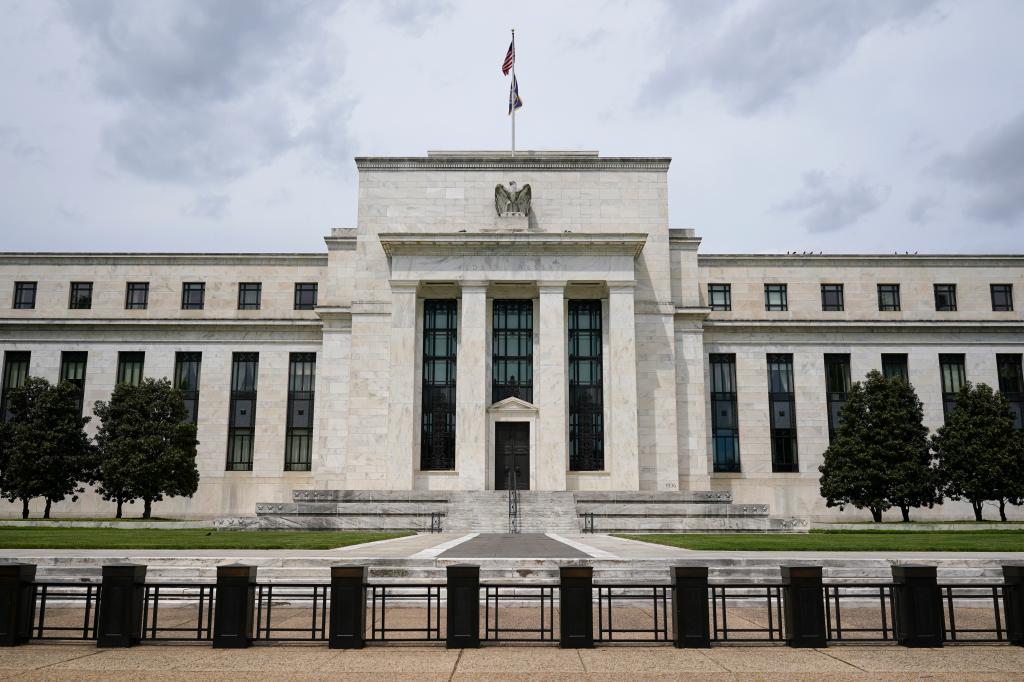Jobs report: US payrolls surged by 275K in February, but unemployment rises in sign of slowdown
US employers increased payrolls by a surprisingly strong 275,000 in February, but the unemployment rate edged higher among other signs that the economy is slowing down.
The big monthly figure from the Labor Department surpassed the 198,000 job gains economists expected, but January’s blockbuster 353,0000 job gains meanwhile saw a steep downward revision to 229,000. In addition, December’s hefty gain of 333,000 that was initially reported was also slashed to 290,000.
The closely watched jobs report also showed that the unemployment rate rose to 3.9%, breaking a three-month streak where the rate held steady at 3.7% — an uptick that likewise will boost the Federal Reserve’s case for rate cuts in the coming months, which most traders are now pegging for June.
The report “reduces worries about an overheating economy and puts the soft-landing narrative back in play,” said David Russell, TradeStation’s global head of market strategy. “Cost pressures continue to stabilize, keeping the Fed on track for cutting rates. The market has fought a rising tide of higher rates for two years and now may finally get some relief.”
February’s job report also “suggests that the Fed could comfortably focus on June to initiate its rate easing cycle,” Quincy Krosby, LPL Financial’s chief global strategist, told The Post.
Jobs across the health care, government and food services industries saw the strongest increase in February. Employment across the electronics and appliance retailers decreased last month, according to the Labor Department.
The annual increase in wages — a key measure of inflation — edged up by five cents, to $34.57, after increasing by 18 cents in January.
Wage increases have historically been attributed to higher inflation rates because the cost of goods and services rises as companies pay their employees more.
Per the latest Consumer Price Index — which tracks changes in the costs of everyday goods and services — inflation rose a hotter-than-expected 3.1% in January, bolstered by an increases across the shelter index.
The Bureau of Labor Statistics is set to release CPI data for February on March 12.
Fed Chair Jerome Powell told US lawmakers just this week that progress on lowering inflation “is not assured.”
“If the economy evolves broadly as expected, it will likely be appropriate to begin dialing back policy restraint at some point this year,” Powell said in remarks prepared for delivery at a hearing before the House Financial Services Committee on Wednesday.
“But the economic outlook is uncertain, and ongoing progress toward our 2% inflation objective is not assured.”
He said that central bankers “would like to see more data that confirm and make us more confident that inflation is moving sustainably down to 2%” before reducing the policy rate.
Fed officials began their rate-hiking campaign in March 2022 to combat the worst bout of inflation in four decades.
They boosted the benchmark federal funds rate 11 times in 2022 and 2023, lifitng it to its current 22-year high, between 5.25% and 5.5%, in July 2023.
Though a painful recession was widely predicted at the time, economists have since widely changed their stance, which has been attributed to the healthy job market.
On Wednesday, Powell insisted that “there’s no evidence, there’s no reason to think, that the US economy is in, or in some kind of short-term risk of, falling into recession.”
Far from it, Powell said the Fed was on a “good path” to achieve its hoped-for soft landing in which inflation continues falling to its 2% target while the economy grows and the unemployment rate remains low.
